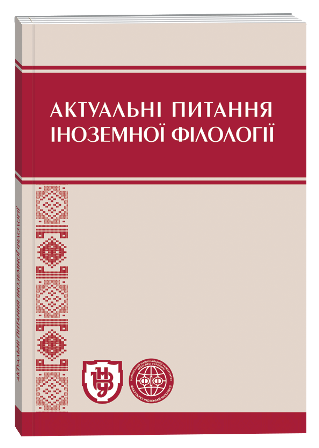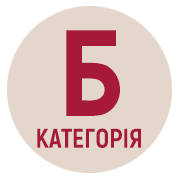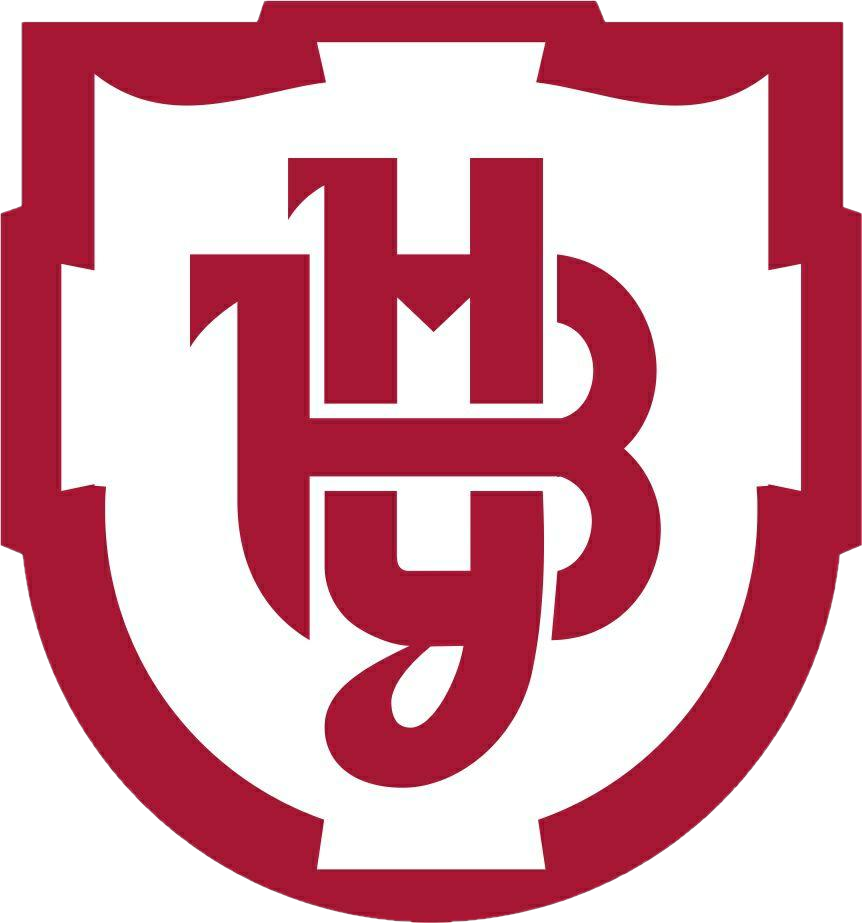SLANGY METAPHORIZATION AS MEANS OF CREATIVE SPEECH’ POTENTIAL REALIZATION IN A STUDENT SPANISH LANGUAGE ENVIRONMENT
Keywords:
sociolect, jargon, argotic expression, slang, metaphor, slangy metaphorization, the Spanish language environmentAbstract
The metaphoric utterances which are presented in scientific article are peculiar methods to take a closer look at the Spaniards and especially at Spanish students and at the culture of Spain in general. It is interesting and intriguingly not only for scientist who investigate the peculiarity of metaphor’s using in the speech of the Spanish language environment, but for everyone who study Spanish or who just like it. Attention has been devoted to the peculiarities of formation and development of social dialects in the Spanish language environment and in the language culture in general. The theoretical substantiation of reciprocal terms’ palette for denomination of lexical repertory of youth groups in native and foreign sociolinguistics has been given. Attention has been paid to the source of the problem. The reasons of scientific research’s relevance of the students’ jargons state and their components are outlined as well. Reference has been made to the subject, object and tasks of this research. The article deals with such variations of sociolect as argot and jargon. The specificity of their usage in speech has been characterized as well as their common feature. The contents of the terms “argot”, “jargon” and “slang” are revealed. The matter of metaphor as the sphere of informal speech has been described and the base model of slangy metaphorization that concludes in grouping of the impossible has been investigated. The formation of speech with the help of metaphor in the Spanish language environment has been examined (on the materials of sayings and proverbs that are collected by G. Coreas in the miscellany of J. S. Paso). Examples of the metaphoric expressions in Spanish language that are concerned with the students’ language environment have been given. The spheres of usage and the functions of the students’ argotic expressions and loan words have been determined. Examples of the apocope and loan words have been given. The peculiarities of historical development of the students’ language have also been described, taking into account the main aspects of the students jargon. The status of the social dialects has been revealed.
References
Современный городской фольклор / отв. ред. С. Ю. Неклюдов. – М.: Российск. гос. гуманит. ун-т, 2003. – 736 с.
Ортега-і-Гасет Х. Вибрані твори / Хосе Ортега-і-Гасет. – К. : Основи, 1994. – 420 с.
Химик В. В. Поэтика низкого, или просторечие как культурный феномен / В. В. Химик. – СПб. : Филол. фак. СПбГУ, 2000. – 272 с. – (Сер. «Филология и культура»).
Щукина Л. В. Основные трудности перевода поэтической метафоры с испанского языка на русский / Л. В. Щукина // Известия Рос. гос. пед. ун-та им. А. И. Герцена. – 2008. – № 60. – С. 315–320.
Casares J. Introducción a la lexicografía moderna / Julio Casares. – Madrid : Consejo Superior de Investigaciones Cientificas Press, 1992. – 354 p.
Diccionario esencial de la lengua española [Electronic resource] // Real Academia Española y Asociación de Academias de la Lengua Española. – Madrid: Espasa, 2006. – Access mode : http://www.rae.es/obrasacademicas/diccionarios/diccionario-esencial-de-la-lengua-espanola.
Krauss W. Die Welt im spanischen Sprichwort : spanisch und deutsch / Werner Krauss. – Leipzig : Verlag Philipp Reclam jun, 1975. – 116 p.
Lorenzo E. Consideraciones sobre la lengua coloquial / Emilio Lorenzo ; ed. S. A. Karpos. – Madrid, 1977. – 180 p.
Paso J. A. S. Refranero estudiantil / Jose Antonio Sánchez Paso. – Consorcio Salamanca, 2002. – 56 p.
Taylor A.. The proverb / Аrcher Taylor. – Cambridge : Harvard University, 1931. – 120 p.








